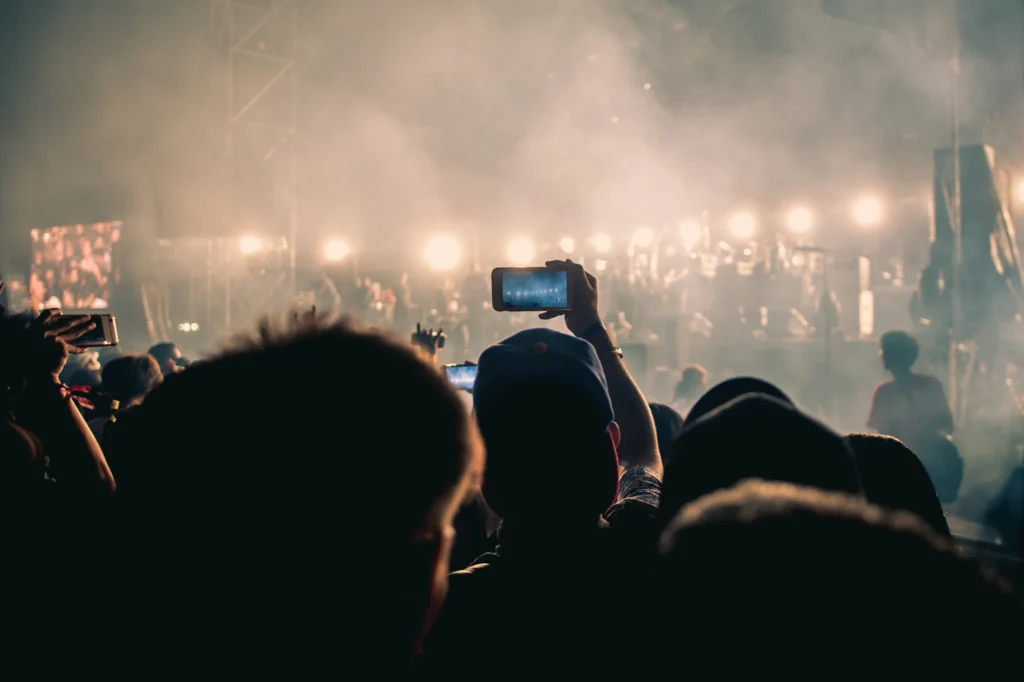When Events Become Memories: Designing Experiences Beyond the Meeting Room
The chairs are lined up neatly, the projector hums, and someone’s passing around bottled water. It’s the kind of scene that could happen in any office, anywhere. But when people look back on an event, it’s rarely this that they remember. They remember the laughter shared over dinner, the unexpected burst of creativity during a group task, or that quiet moment of connection when a conversation went deeper than planned.
This blog talks about how events can go beyond routine meetings and become stories people actually want to remember. It’s about turning ordinary gatherings into experiential events that make people feel something real, something that stays long after the lights go out.
From Meetings to Moments
Meetings used to be about ticking boxes and sticking to an agenda. These days, they’re about emotion, energy, and meaning. People no longer just want to show up and listen; they want to experience something that makes their time feel worthwhile.
In today’s busy world, attention is harder to earn than ever. Corporate events compete not just for time but for impact. That’s where good event management comes in, not just organizing the details, but shaping the feeling people walk away with.
Event planners and even corporate travel companies are starting to think differently. They’re asking new questions, like:
- How will this event make people feel when they walk in, participate, and leave?
- What can we add or remove to make every moment feel intentional?
That mindset is what turns a schedule into a story. It’s not about how much happens in a day, but how deeply it connects with people.
The Psychology of Memorable Experiences
It’s interesting to think about why we remember some events vividly while others fade away. The answer usually lies in emotion. People might forget what they saw or heard, but they rarely forget how they felt.
This is what psychologists call emotional imprinting; feelings are powerful memory markers. The sound of laughter, the warmth of a friendly face, or even the smell of coffee brewing before a session starts can stick in someone’s mind for years.
When events tap into multiple senses, they become more immersive. The right lighting, music, or even scent can set the tone. You could say that the most impactful events follow a kind of rhythm; they build anticipation, offer engagement, and end with reflection.
It’s less about the program and more about the atmosphere. When you design experiential events that trigger emotion, you’re not just organizing an event; you’re creating a moment that stays.
Designing Beyond the Meeting Room
To really stand out, event design needs to step out of the standard four walls. Some of the most memorable gatherings happen when you mix creativity with comfort, where people don’t just attend but explore.
The way a space is arranged affects how people move, interact, and connect. This is often called spatial storytelling. Every corner can say something, and even small design details can influence how welcome or inspired someone feels.
And it doesn’t have to cost a fortune. Often, it’s the smaller, thoughtful touches that make people pause and smile. For example:
- Using local food or art to give the event an authentic touch.
- Setting up outdoor lounges or cozy breakout zones for conversation.
- Adding moments of surprise or playfulness in between serious sessions.
Corporate travel companies that plan destination meetings know this well: it’s the unexpected details, not the expensive decorations, that create real memories. When each part of the design supports the emotional flow of the event, people naturally feel more connected to the experience.
The Power of Shared Emotion and Connection
If you think about the best events you’ve been to, they probably had one thing in common: people felt connected. It’s that spark of shared emotion, laughter, curiosity, or even vulnerability that makes an event unforgettable.
Traditional networking sessions are fine, but the real bonds form in shared experiences. Maybe it’s a cooking session, a creative team challenge, or a walk together at sunset after a busy day. These are the moments that break walls and build trust.
When event management focuses on human connection rather than logistics alone, everything changes. People stop being attendees and start becoming part of a shared story. Those small, authentic moments can turn a one-time gathering into something people talk about long after.
The Journey After the Event
Here’s something planners sometimes forget: an event doesn’t end when everyone goes home. The best ones live on in memory, through stories, photos, and the feelings they leave behind.
A good follow-up makes that memory stronger. Simple things like a personalized thank-you message, a creative highlight video, or even a playlist from the event can help people relive the energy. Some corporate travel companies do this beautifully by sending little reminders that bring the experience back to life.
Memorable events don’t just close; they continue to ripple out. They spark new conversations, collaborations, and even friendships. That’s the real success of experience design.
Conclusion
In the end, the events that truly matter aren’t the biggest or the most polished. They’re the ones that make people feel something genuine. They create emotion, spark curiosity, and stay in people’s minds for reasons that are hard to put into words.
Designing experiential events means thinking beyond the schedule, focusing on storytelling, atmosphere, and shared emotion. Effective event management is about crafting experiences that touch people on a human level, not just executing a plan.
Because when every detail is designed with care and every interaction feels meaningful, an event stops being another item on the calendar. It becomes something far more personal: a memory people carry with them.











